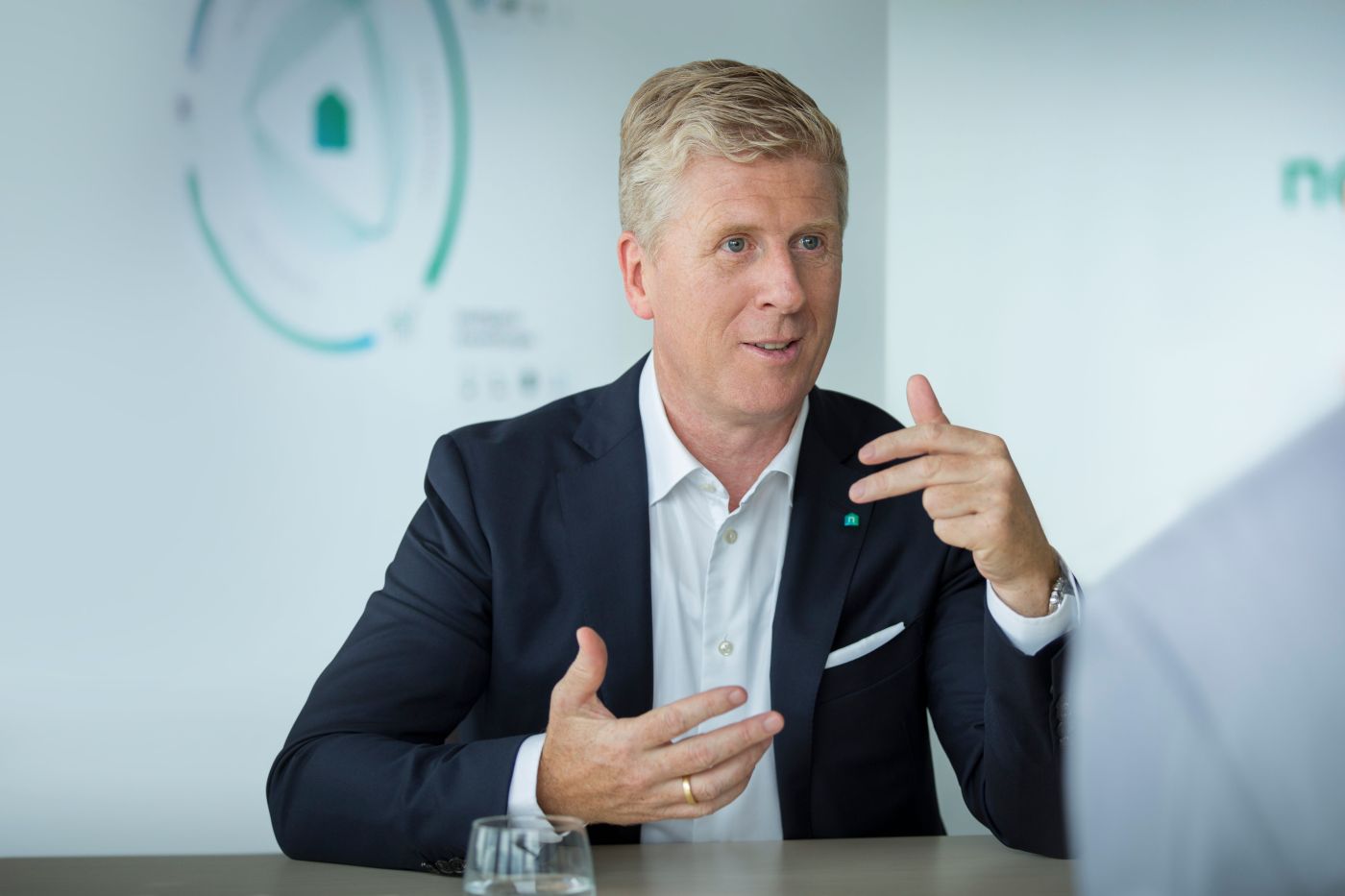Article

The German Advisory Council on Global Change (Wissenschaftlicher Beirat Globale Umweltveränderungen – WBGU) yesterday presented its new Flagship Report, “Our Common Digital Future”. The principle issues addressed by the report are the links between digitisation and sustainability. The central requirement is to organise the digital transition in a way that ensures it serves as a lever and support for sustainability. As Federal Environment Minister Svenja Schulze pointed out, “digitisation is not an end in itself, rather it must serve as an engine for greater sustainability”. Digitisation offers enormous potential for environmental protection. To exhaust this potential, it will need the right guidelines, ones governing access to and protection of data, handling and disposing of raw materials and closing material life cycles. Below, noventic CEO Jan-Christoph Maiwaldt gives his view and outlines the opportunities opened up through the digitisation of the housing and energy industries.
Digitisation and climate protection are a major issue, not least for the real estate industry. The WBGU’s latest publication confirms its relevance. Mr Maiwaldt, what importance does digitisation have for the achievement of climate protection targets in the building sector?
The new WBGU Report confirms our own assessment. We believe that digitisation will be one of the central factors for successful climate protection efforts. Provided we adopt an open technology approach to the development of digital innovations, the solutions to win through will be those delivering the greatest added value for users and the environment, and we will succeed in generating the maximum CO2 saving effect per climate protection euro invested.
What that means in concrete terms for us in the noventic group is that we must make residents and portfolio holders more aware of their own energy consumption through the transparency provided by the metering technology, so that they can become more actively involved in the big issues such as climate change and resource efficiency. Along with our subsidiaries we have embarked on this road. Our first step is to create a data platform and network it with the many metering points within buildings.
And what will be the next specific steps along the road to a noventic platform solution?
Our platform solution can be connected with our customers’ and partners’ applications via a standardised interface. It permits the digitisation of today’s familiar housing industry business models in the fields of consumption data recording and operating cost billing. It also offers the opportunity to integrate the system processes, such as submetering, into the housing associations own system landscape. This enables our customers to tap into the consumption data recording and billing expertise built up over KALO’s 60-year history. They will then have the opportunity to position themselves with their customers as fully integrated service providers
What benefits will users derive from the bringing together of building data on a central platform?
By linking up metering and data infrastructures by means of our platform solution, along with the cross-segment aggregation of building data, we lay the basic foundations for efficiently preventing applications from wasting resources. These low-investment measures, involving the networking of existing systems, underpin and safeguard the successes achieved through high-investment climate protection activities.
Users will derive a variety of benefits from this. For one thing, they will be able to use smart applications such as an app to directly check their consumption behaviour, thus increasing awareness of their own energy usage. This is fundamental to allowing us to question and challenge our own behaviour patterns: do I want to avoid CO2 emissions? Do I want to save money? Do I want to compare my consumption with the average figures for my neighbourhood? The benefit for portfolio holders is that they will be able to meet all the all-year-round consumption information requirements laid down for 2020 in the EED. At the level of machine-to-machine communication, we will be able to use the data to provide energy within the building with pinpoint accuracy. This would then allow weather forecasts and individual energy requirements to be taken into account in the running of decentralised energy provision installations.
The networking of pre-existing data increases efficiency. Mr Maiwaldt, what other advantages does the new platform economy offer?
Over the noventic platform we will be able to create new applications at no great expense. When combined with other platforms we will be able to deliver substantial benefits for customers over and above energy efficiency. For example, it would be possible to create a neighbourhood app which, alongside information from the local transport association, could display your city public library account and indeed the current temperature or energy consumption within your own four walls.
The digitisation of building infrastructure permits the connection of smart applications and generates added value for residents. Where is that already happening in reality?
In Rüsselsheim, for example, where an old office building has been turned into an attractive, fully digitised residential building. Our client, the real estate developer DIWO Living, asked us to put in the metering infrastructure on a cross-segment basis, from the sensors to the data platform. The tenants can view their consumption at any time via an app, while the landlord benefits from faster, simpler billing processes, particularly during changes of tenant. In addition, the app opens up a direct communication channel between landlord and tenants. Finally, the infrastructure installed in Rüsselsheim provides the all-year-round consumption information which will be required by law from 2020 onwards. In addition, the installed infrastructure will allow further smart building applications to be integrated at a later date. For example, the building management will have the opportunity to use algorithms to establish a leakage early warning system, thereby protecting the fabric of the building.
Thank-you very much for some fascinating insights, Mr Maiwaldt.